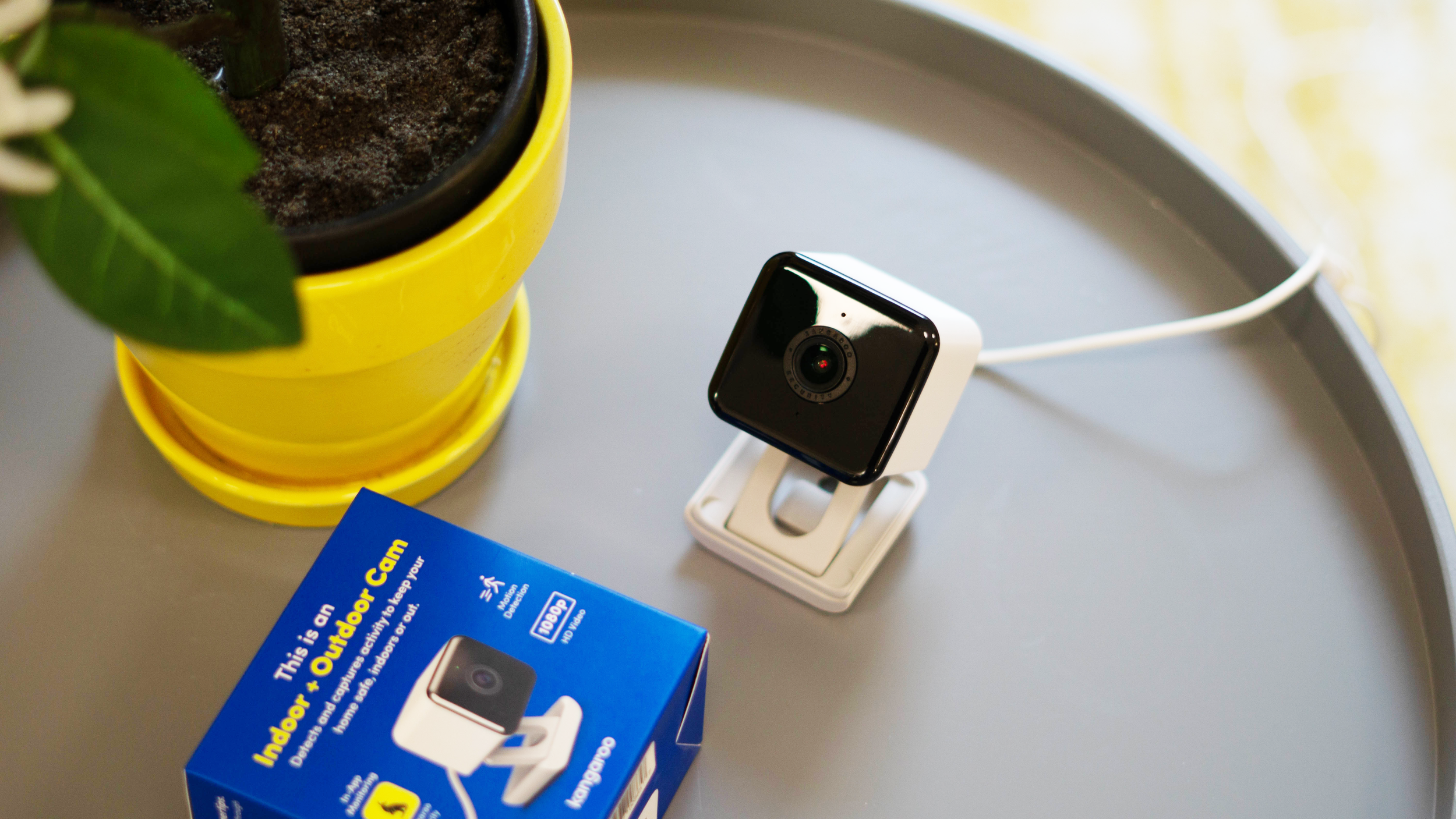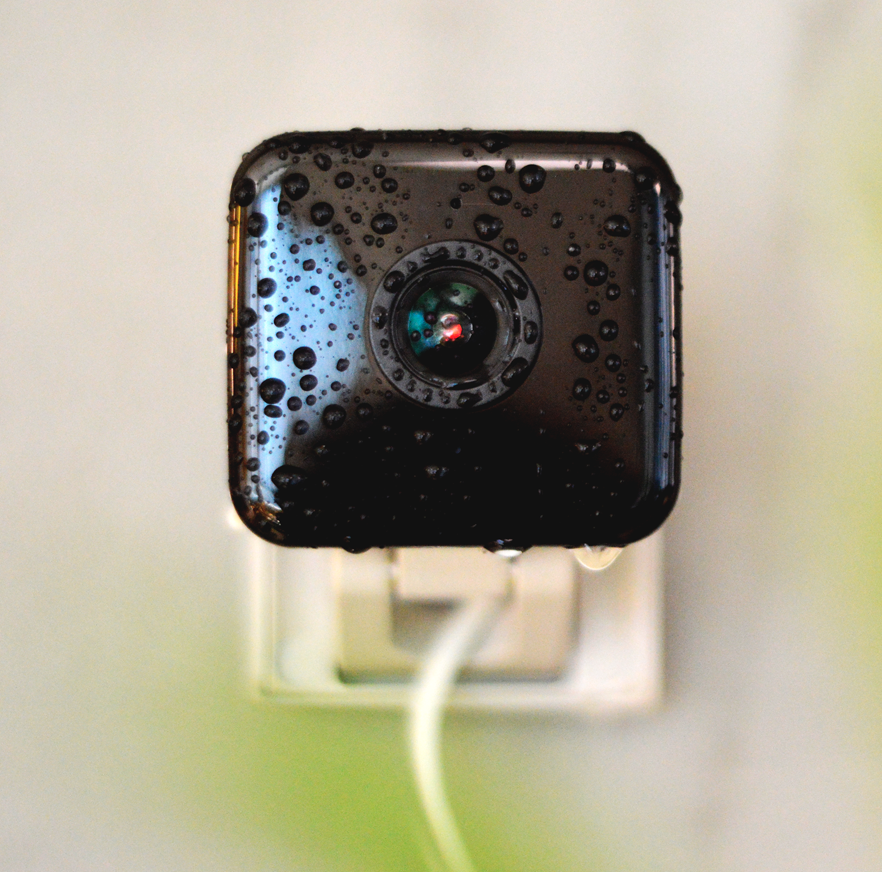How Many Home Security Cameras For My House? A Quick Guide
Protecting your home and loved ones is a top priority. Security cameras offer a powerful way to deter crime and provide valuable evidence if something does happen. But with so many options on the market, a common question arises: How many security cameras do I actually need? This comprehensive guide breaks down everything you need to consider, from property size and vulnerable areas to budget and camera types, helping you create a customized security pla
Why the Right Number of Security Cameras Matters
Choosing the correct number of security cameras is crucial for several reasons:
Enhanced Security: Strategic placement of the right number of cameras covers all vulnerable areas, maximizing protection and deterring potential criminals.
Peace of Mind: Remote monitoring capabilities provide reassurance whether you're on vacation or simply at work. Adequate coverage reduces anxiety and allows you to relax knowing your home is secure.
Targeted Surveillance: Prioritize high-risk areas without overspending. The right number of cameras allows you to focus on critical entry points and valuables.
Cost-Effectiveness: Security cameras are an investment. Finding the right balance between coverage and budget prevents unnecessary expenses.
How Many Security Cameras Does Your Home Need?
There’s no universal answer, but here’s a breakdown to help you decide:
General Guidelines:
Small Homes or Apartments: 2-3 cameras (front door, back door, main living area)
Medium Homes: 4-6 cameras (all entry points + common areas)
Larger Homes: 6+ cameras (additional coverage for garages, side yards, and hallways)
Key Areas to Cover:
Front Door – Over 34% of burglars enter through the front door.
Back & Side Doors – These less-visible entrances are prime targets.
Driveway & Garage – Protect vehicles and monitor package deliveries.
First-Floor Windows – Windows not facing the street are vulnerable.
Living Room & Common Areas – Keep an eye on valuables and activity inside.
Stairways or Hallways – Useful for multi-story homes.
Types of Security Cameras to Consider
✅ Outdoor Security Cameras – Essential for monitoring entry points. Features to look for:
Night vision & motion detection
HD video quality
Weather resistance
✅ Indoor Security Cameras – Great for monitoring pets, babysitters, and valuables. Ideal features:
Motion alerts & two-way audio
Cloud or local storage
✅ Wireless Security Camera
Hassle-free installation and flexible placement.
A must-have for monitoring visitors and package deliveries.
Best Security Camera Brands in 2025
Choosing the right security camera system is just as important as knowing how many you need. Here are some top brands homeowners trust:
Kangaroo Home Security – Budget-friendly with excellent features for both indoor and outdoor use.
Simplisafe – Affordable and great for DIY home security.
Ring – Great for smart home integration and easy app control.
Arlo – Known for high-quality video and wireless designs
Nest – Google’s smart security system with AI-powered features.
What Separates Our Kangaroo Indoor + Outdoor Camera from the Others?
The Kangaroo Indoor + Outdoor Camera stands out for its versatility and affordability, making it suitable for both indoor and outdoor use, that's right you won't need an indoor camera or outdoor camera alone, our device does both. Here are some key features and qualities that distinguish it from other security cameras:
Versatile Usage: As the name suggests, the Kangaroo Indoor + Outdoor Camera is designed for use in both environments, making it a flexible choice for comprehensive home security.
High-Quality Video: The camera offers 1080p HD resolution, providing clear and detailed video footage. This is complemented by a color night vision, ensuring visibility even in low-light conditions.
Two-Way Audio: This feature allows you to communicate through the camera, making it useful for interacting with visitors or deterring intruders.
Motion Detection: The camera includes motion detection capabilities, alerting you to any movement in its field of view. This is especially useful for monitoring activity around your home.
Weather-Resistant Design: Built to withstand various weather conditions, the camera is durable enough for outdoor placement while still being compact enough for indoor use
Ease of Installation: The camera is noted for its straightforward setup process, making it accessible even for those not tech-savvy. It also includes a magnetic base for flexible mounting options
Affordable Pricing and Subscription Plans: The camera is budget-friendly, with optional subscription plans that unlock additional features like person detection, extended video history, and professional monitoring with the Kangaroo Complete Plan.
Overall, the Kangaroo Indoor + Outdoor Camera offers a combination of versatility, high-quality video, and user-friendly features at a competitive price point, making it a solid option for those seeking reliable home security.
Customer Reviews
⭐️⭐️⭐️⭐️⭐️
"Awesome little cameras that are easy to set up and use. Very clear optics. No problem connecting with my WiFi. Recommend." – Dab, Amazon⭐️⭐️⭐️⭐️⭐️
"These cameras are a super buy. They work great in the stable area and I can see what is going on day or night." – Rhonda, Amazon⭐️⭐️⭐️⭐️⭐️
"This is perfect. Tiny but mighty. Getting another one soon for my back yard area." – AC, Amazon⭐️⭐️⭐️⭐️⭐️
"Excellent product. It has very good resolution, excellent images." – Alex, BestBuy
Related Articles:
Choosing the Perfect Outdoor Security Camera: 2024 Guide
Beyond Security: 10 Clever Uses for Your Kangaroo Camera
Simple Steps on How to Install Security Camera at Home
Where Is the Best Place to Put Security Cameras?
To maximize the effectiveness of your home security system, strategic placement of cameras is essential. Here are some key locations to consider:
1. Entryways
The priority is to cover all primary entry points, such as front, back, and side doors. These areas are the most common entry points for burglars. Positioning cameras above or near these doors ensures you capture clear footage of anyone entering or leaving your home.
2. Windows
Ground-floor windows, especially those that are not street-facing, are vulnerable spots for break-ins. Installing cameras to monitor these windows can deter potential intruders and capture any attempts to gain entry through these points.
3. Driveways
Cameras positioned above driveways can monitor suspicious activities, such as unfamiliar vehicles or people approaching your home. This setup can also help in tracking packages and monitoring vehicle movements.
4. Common Areas
Inside your home, place cameras in common areas such as living rooms and hallways. These locations are often targeted by burglars searching for valuables like electronics and jewelry.
5. Stairways
If your home has stairways leading to entry points, installing cameras here can help monitor any unauthorized movement between floors, providing an extra layer of security.
Additional Tips:
Height and Accessibility: Mount cameras about 8-10 feet above the ground to prevent tampering and ensure a wide field of view.
Visibility: While some people prefer to hide their cameras, making them visible can act as a deterrent to potential burglars.
Lighting: Ensure that areas where cameras are placed have adequate lighting to capture clear footage, especially at night. If necessary, consider cameras with night vision capabilities.
Final Thoughts: Secure Your Home the Smart Way
Finding the right number of security cameras doesn’t have to be complicated. By assessing your home’s layout and security needs, you can build an efficient system that maximizes protection while staying within budget.
For a reliable, cost-effective solution, consider the Kangaroo Indoor + Outdoor Camera—a versatile device that offers comprehensive coverage for both indoor and outdoor security.













